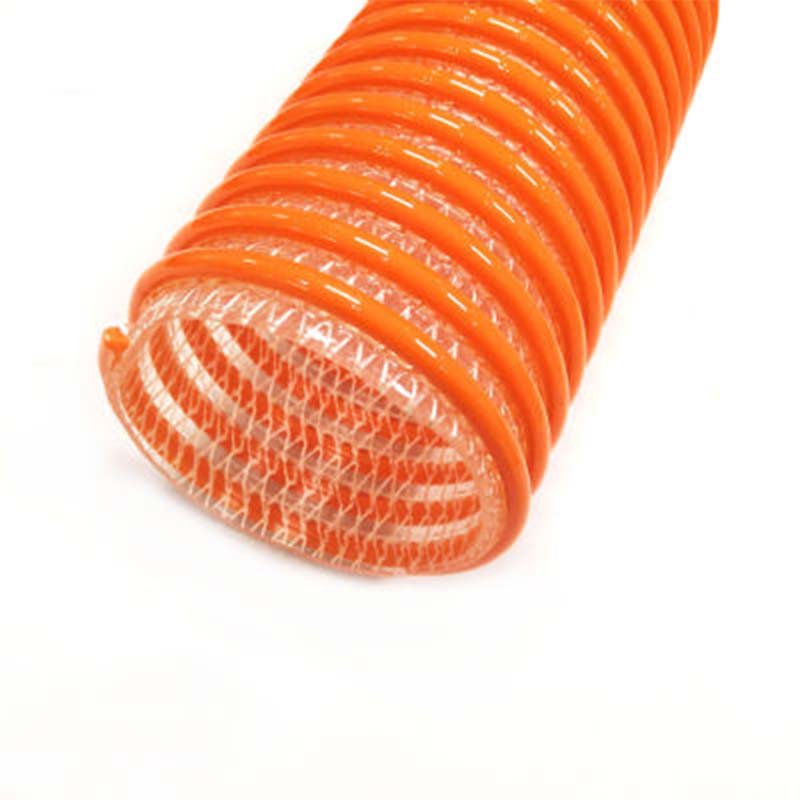Innovative Techniques for Enhanced Hose Braiding and Durability in Various Applications
The Craft of Hose Braiding An Art and Science Combined
Hose braiding, a technique that has been employed for centuries, represents a fascinating combination of craft and engineering. At its core, this art form is a method of reinforcing flexible tubes or hoses, enhancing their durability and functionality. Let’s dive deeper into the world of hose braiding, exploring its history, techniques, applications, and the craftsmanship involved.
A Brief History
The origins of hose braiding can be traced back to ancient civilizations that required durable and flexible conduits for various purposes. From the early Egyptians using reeds for water transportation to the Greeks and Romans who pioneered the use of leather and textile materials, the evolution of hoses has paralleled advancements in technology and engineering. As industry grew, so did the need for more resilient hoses capable of handling higher pressures and temperatures. This necessity has led to the development of specialized braiding techniques that have transformed simple hoses into advanced engineering components.
Understanding Hose Braiding Techniques
Hose braiding involves weaving together strands of materials—typically fibers like polyester, nylon, or even metal—to create a protective layer around a hose. This braiding process is not merely decorative; it serves critical purposes, including increasing the hose's strength, flexibility, and resistance to environmental factors.
There are several braiding techniques employed today, including
1. Single Braid This is the simplest form of braiding, where strands are woven in one direction, offering moderate strength and flexibility. 2. Double Braid Also known as a braided jacket, this technique features two sets of braids—one around the core and another around the outer layer. This design substantially increases strength and resistance to abrasion.
3. Helical Braiding In this method, the strands are woven in a spiral pattern. This technique allows for great flexibility while still providing significant strength.
4. Multi-directional Braiding This is a more complex technique that combines several braiding patterns, resulting in extremely robust hose construction. It is often used in specialized applications where maximum durability is essential.
Materials Used in Hose Braiding
The choice of materials in hose braiding is crucial to the performance characteristics of the final product. Common materials include
hose braiding

- Polyester Known for its excellent resistance to abrasion and chemicals while maintaining flexibility. - Nylon Offers high strength and elasticity, making it suitable for high-pressure applications. - Metallic fibers Often included in braiding for applications needing added heat resistance and conductive properties, especially in industrial contexts.
Each material has its specific advantages, and the selection process depends on the intended application of the hose.
Applications of Braided Hoses
Braided hoses are used across various industries, each requiring specific performance characteristics. Key applications include
- Automotive High-performance braided hoses are essential in the automotive industry, especially for fuel lines, brake lines, and cooling systems. They withstand extreme temperatures and pressures, ensuring safety and efficiency.
- Aerospace In aviation, braided hoses are crucial for hydraulic systems, where reliability and lightweight construction are paramount.
- Industrial Many manufacturing processes rely on braided hoses for conveying materials, chemicals, and gases. Their durability ensures minimal downtime due to hose failures.
- Medical The medical field utilizes braided hoses in various applications, including medical device instrumentation and fluid delivery systems. The need for sterile, flexible, and strong materials makes hose braiding particularly important here.
The Craftsmanship Behind Hose Braiding
Creating a braided hose demands skill, precision, and an understanding of materials and engineering principles. Braiding requires a careful balance of tension, pattern, and ply to ensure uniformity and durability. Craftspersons often undergo extensive training to master the intricacies of this craft, combining traditional techniques with modern technology.
In conclusion, hose braiding is more than just a manufacturing process; it is a blend of artistry and engineering that has enabled countless advancements across various fields. As technology continues to evolve, so too will the techniques and applications of hose braiding, ensuring its relevance in the modern world while honoring its rich historical legacy.
-
Welded Wire Mesh Panel: Durable, Versatile, and AffordableNewsJul.28,2025
-
Top Quality Oxy Acetylene Hoses for Sale Fit for Welding DemandsNewsJul.28,2025
-
The Future of Pneumatic Air Tubes in IndustryNewsJul.28,2025
-
Superior and Reliable LPG Hose Pipe Solutions for Every NeedNewsJul.28,2025
-
Exceptionally Durable and Versatile Premium Braided PVC TubingNewsJul.28,2025
-
Best Adapters for Connecting Garden Hose to PVC Pipe ConnectionsNewsJul.28,2025














